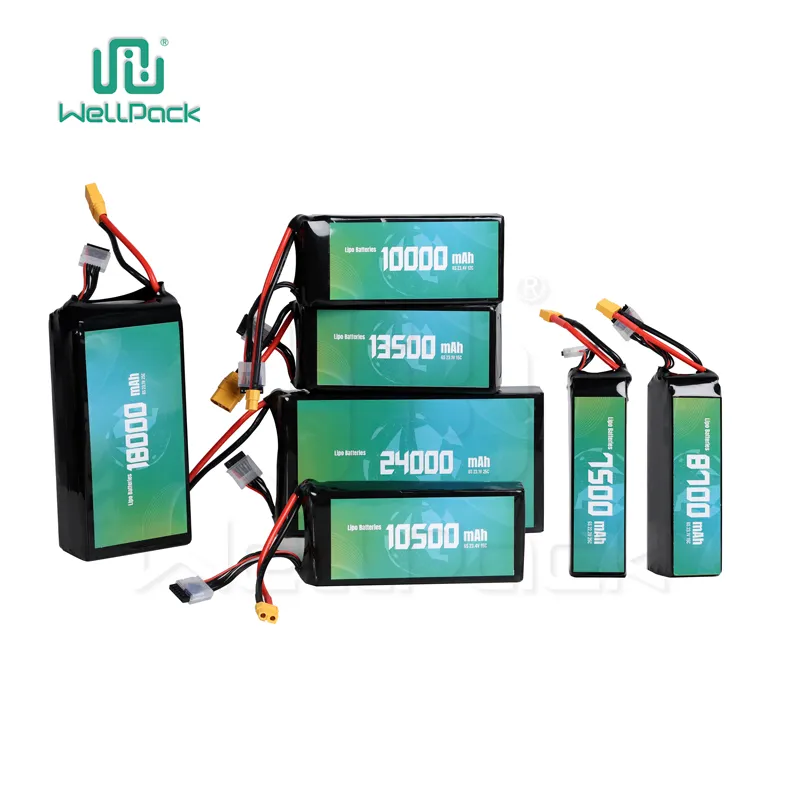
How to Choose the Best LiFePO4 Battery
2025-10-21 17:10Contents
Why LiFePO4 Batteries Matter in Daily Use
Whether you're powering a home solar setup, an RV on a cross-country trip, or even a drone for aerial surveys at work, picking the right battery can make or break your plans. LiFePO4 batteries, or lithium iron phosphate ones, stand out for their balance of power, safety, and durability. But with so many options flooding the market, how do you zero in on the best one? This guide cuts through the noise, focusing on real-world questions like "Will this handle my off-grid cabin?" or "Is it worth the upfront cost for my electric bike?" We'll walk you through practical steps to match a battery to your lifestyle or job demands.
What Makes LiFePO4 Different from Other Batteries
LiFePO4 batteries use lithium iron phosphate as the cathode material, which gives them a stable chemistry compared to older lithium-ion types. This means they don't overheat as easily or degrade quickly under heavy use. In everyday scenarios, think about charging your drone battery after a long flight—LiFePO4 holds up without the fire risks that sometimes plague cheaper alternatives.
Unlike lead-acid batteries, which are bulky and lose charge fast when idle, LiFePO4 is lightweight and maintains 80-90% of its power even after months of storage. For professionals in logistics or fieldwork, this translates to fewer replacements and more reliable uptime. If you're upgrading from a standard lithium battery for your marine application, the switch often pays off in fewer headaches down the line.
Key Specs to Check Before Buying
Start with the basics: voltage, capacity, and discharge rate. Most LiFePO4 packs run at 12V, 24V, or 48V—match this to your inverter or motor to avoid mismatches that could fry your electronics. Capacity, measured in amp-hours (Ah), tells you how long it'll run; a 100Ah battery might power a small fridge for 24 hours straight.
Don't overlook the C-rating for discharge. A 1C rate on a 100Ah battery means it can deliver 100 amps continuously—crucial for high-drain tools like welders or power tools on job sites. Look for built-in BMS (battery management system) too; it balances cells and prevents overcharge, which is a game-changer for safety in humid workshops or rainy outdoor gigs.
Matching Capacity to Your Needs
Calculate your daily draw first. For a weekend camper, tally up lights (10W), fans (20W), and a phone charger (5W) over 8 hours—that's about 200 watt-hours. Divide by your system's voltage (say 12V) to get 16.7Ah needed. Add 20-30% buffer for inefficiencies, so aim for at least 20Ah.
In work settings, like running surveillance cameras on a remote site, factor in peak loads. A 200Ah LiFePO4 battery could cover multiple devices without dipping below 20% charge, preserving its health. Oversizing saves money long-term, but going too big adds unnecessary weight for portable uses like backpacks or e-bikes.
Longevity: Cycles and Lifespan Explained
Cycle life is how many full charges and discharges a battery endures before dropping to 80% capacity. Top LiFePO4 models hit 2,000-5,000 cycles, lasting 5-10 years in moderate use. Compare that to lead-acid's 300-500 cycles, and it's clear why solar installers swear by them for off-grid homes.
Real talk: Depth of discharge matters. Pulling only 50% each time stretches cycles further—ideal for daily commuters with electric scooters. Check manufacturer tests under real conditions, not just lab claims, to ensure it fits your routine, whether that's seasonal storage or constant warehouse powering.
Safety Features That Protect Your Setup
Safety starts with the chemistry: LiFePO4 won't thermal runaway like some lithium types, reducing fire odds in tight spaces like RVs or server rooms. But hunt for extras like overvoltage protection and short-circuit shutoff in the BMS.
For fieldwork, IP-rated enclosures (IP65 for dust and water) keep things reliable in dust storms or splashes. I've seen pros skip this and regret it during a rainy construction shift—opt for models with thermal sensors that alert via apps, giving peace of mind when you're miles from base.
Ensuring Compatibility with Your Devices
LiFePO4 plays nice with most 12V systems, but verify connector types—Anderson or XT60 are common for high-power draws like inverters. For solar arrays, ensure the charge controller handles lithium profiles to avoid undercharging.
In professional drone ops, match the battery's weight and voltage to your model's specs; a mismatched pack could throw off flight times or stability. Test with a multimeter post-install to confirm seamless integration—better safe than grounded mid-survey.
Tips for Easy Maintenance and Care
These batteries are low-fuss: no need for equalization charges like lead-acid. Store at 50% charge in cool spots (under 77°F) to maximize shelf life. Every six months, run a full cycle to calibrate the BMS.
For heavy users, like fleet managers with electric forklifts, monitor via Bluetooth apps for voltage dips early. Clean terminals with a baking soda mix if corrosion shows—simple habits that keep performance sharp without downtime.
Pitfalls to Avoid When Selecting
Buying on price alone often backfires; cheap imports might skimp on cell quality, leading to uneven wear. Always cross-check reviews from actual users in your field, not just star ratings.
Ignoring warranty details is another trap—look for 5+ years covering defects, not just manufacturing. And don't forget shipping regs; LiFePO4 is safer but still needs proper labeling for air travel in business kits. Steer clear of these, and you'll land a pack that delivers consistently.
A Reliable Option for Your Next Project
If you're eyeing a versatile LiFePO4 solution, especially for demanding applications like drones where weight and reliability count double, check out our drone lithium battery. Built with high-cycle cells and robust BMS, it's tailored for pros handling aerial inspections or hobbyists pushing flight limits. With over 30 years in battery tech, Better Tech Group ensures it meets global standards—perfect for extending your uptime without the guesswork.

